Introduction
This multi-part guide will show you how to install the latest baseline version of Configuration Manager from Microsoft. The latest available baseline version is System Center Configuration Manager (Current Branch) version 1802 as of March 29th 2018. You can use this multi-part guide to get a hierarchy up and running on Windows Server 2016 using SQL Server 2017. The concept behind this is to guide you through all the steps necessary to get a working Configuration Manager Primary site installed (for lab use) using manual methods or automated using PowerShell. This gives you the power to automate the bits that you want to automate, while allowing you to manually do other tasks when needed. You decide which path to take. PowerShell knowledge is desired and dare I say required if you are in any way serious about Configuration Manager.
I will show you how to do most steps via two methods shown below, it’s up to you to choose which method suits you best but I highly recommend automating everything that you can, using PowerShell.
- Method #1 – Do it manually
- Method #2 – Automate it with PowerShell
Get your lab ready
In this guide I assume you have already installed two WorkGroup joined servers with Windows Server 2016 installed, how you install the operating system is up to you. When installing the servers please choose Windows Server 2016 Standard (Desktop Experience). The servers used in this guide are configured as listed below, the SmoothWall (NAT) is optional.
Server name: AD01
Server function: Domain Controller
Server status: Workgroup joined
- IPv4 Address: 192.168.9.1
- Subnet Mask: 255.255.255.0
- Default Gateway: 192.168.9.199
- DNS: 192.168.9.1
Server name: CM01
Server function: Configuration Manager Primary site
Server status: Workgroup joined
- IPv4 Address: 192.168.9.2
- Subnet Mask: 255.255.255.0
- Default Gateway: 192.168.9.199
- DNS: 192.168.9.1
Server name: Smoothwall
Server function:Linux firewall
Server status: 2 legacy nics
- eth0: 192.168.9.199
- eth1: x.x.x.x (internet facing ip)
Step 1. Configure Active Directory Domain Services (ADDS)
Note: Perform the following steps on the AD01 server as a Local Administrator.
To setup Active Directory Domain Services you could manually click your way through the appropriate wizard in Server Manager or automate it using PowerShell. For your benefit I’ll show you both methods below, all you have to do is choose which one suits you.
Method #1 – Do it manually
Open Server Manager. Click on Add roles and features
On the Before You Begin screen click Next
For Installation Type select Role-based or Feature-based installation
For Server Selection select Select a server from the server pool and choose AD01
For Server Roles select Active Directory Domain Services, when prompted to add features that are required for Active Directory Domain Services select Add Features
Select DNS Server, when prompted to add features that are required for DNS Server, accept the changes by clicking on Add Features
Continue the the wizard by clicking Next
On the Features screen click Next
On the AD DS screen click Next
On the DNS Server screen click Next
On the Confirmation screen click Install
and then click on Close
After it’s finished, perform the Post Deployment Configuration by clicking on Promote this server to a domain controller
select the Add a new forest option, give it a root domain name such as windowsnoob.lab.local
Next, depending on your requirements set the Forest functional level and Domain functional level, I’ve selected the default options below however you may want to configure it differently for your hierarchy,
For the password field use P@ssw0rd,
Click Next when ready, for DNS options, click Next,
Next verify the NetBIOS name and click Next
To specify the location of the AD DS database, log files and so forth, either accept the defaults, or change them to something that suits your hierarchy and click Next.
Next you can review the options (clicking view script will save your actions to a PowerShell script for use later if you wish). Click Next when done.
Next, click Install to begin
Once it is complete making the changes it will automatically reboot the server
Method #2 – Automate it with PowerShell
To configure ADDS and DNS automatically, use the ConfigureADDS.ps1 PowerShell script.
1. Copy the script to C:\scripts on AD01
2. Edit the variables in lines 17-24 as desired before running.
3. Start Windows PowerShell ISE as Administrator and run the script by clicking on the green triangle.
Once the script is run, it will automatically reboot.
You can read the rest of this guide @ windows-noob.com here.


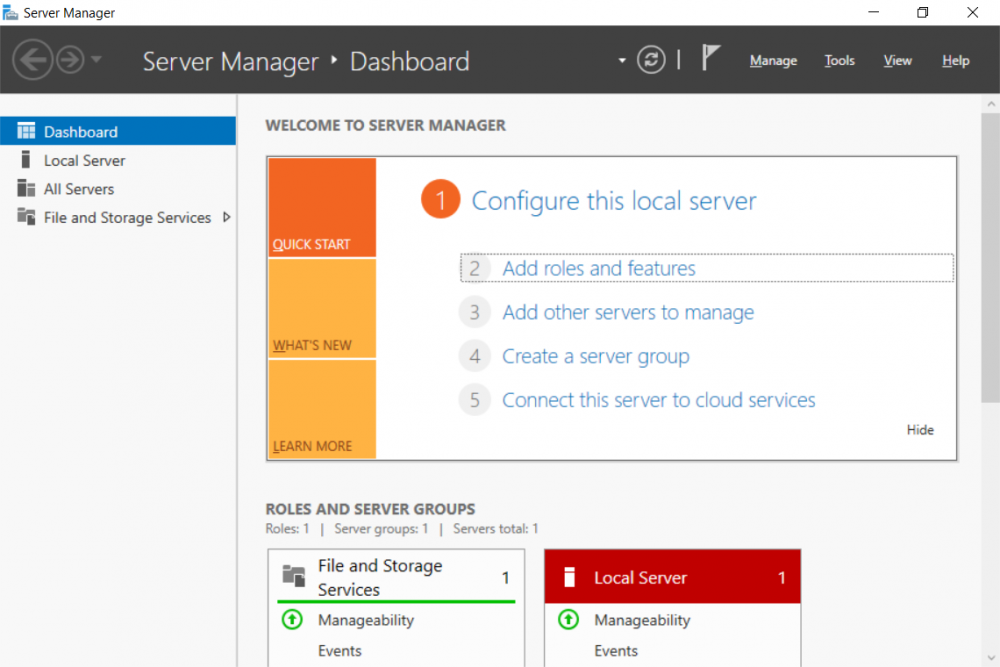
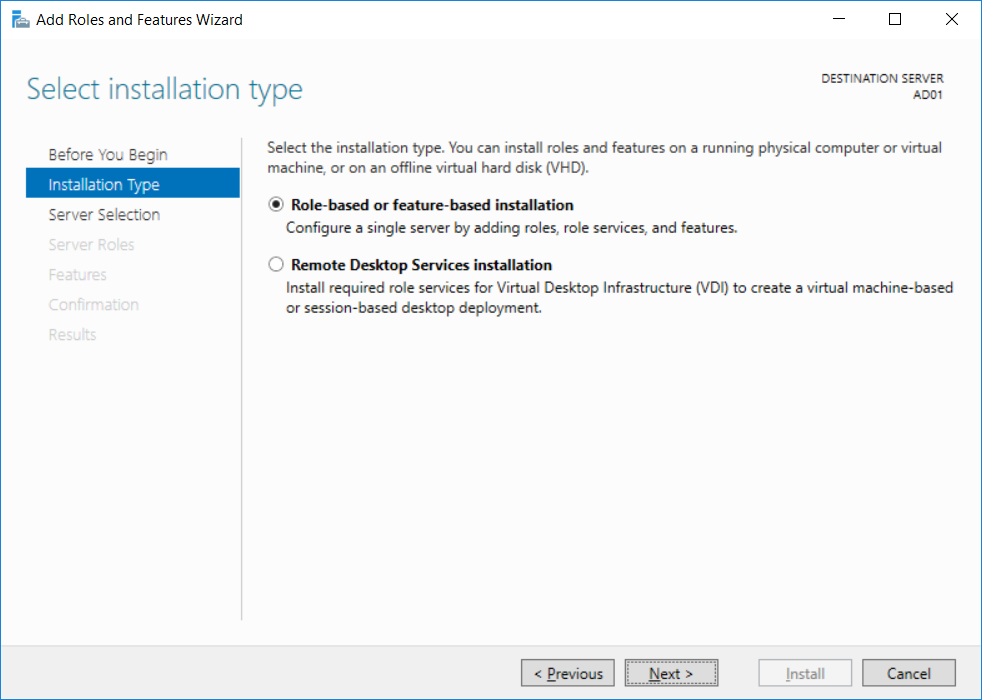
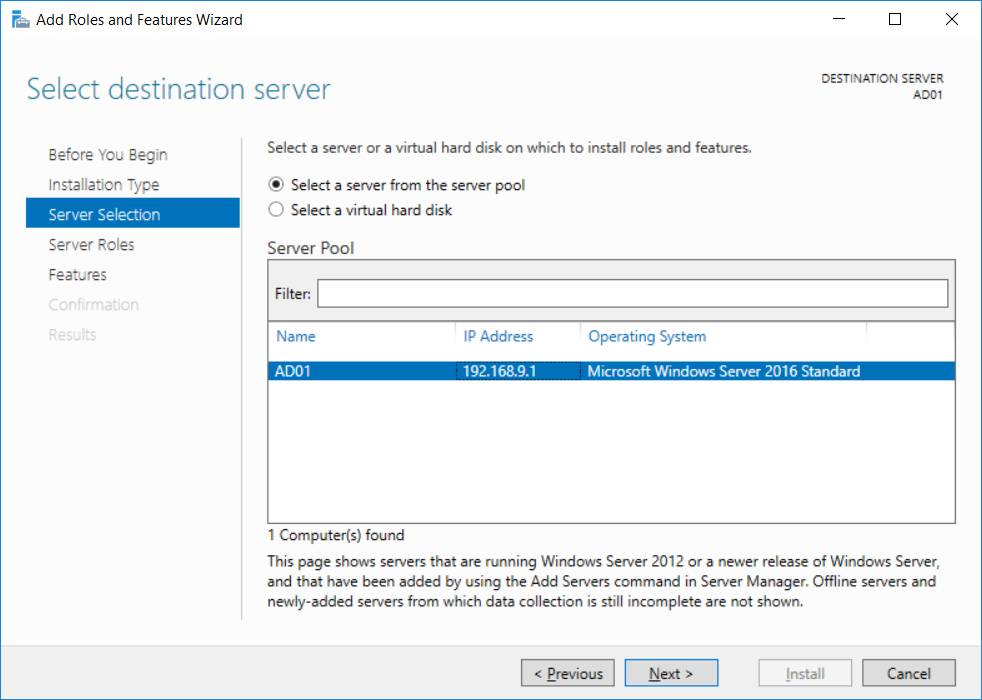
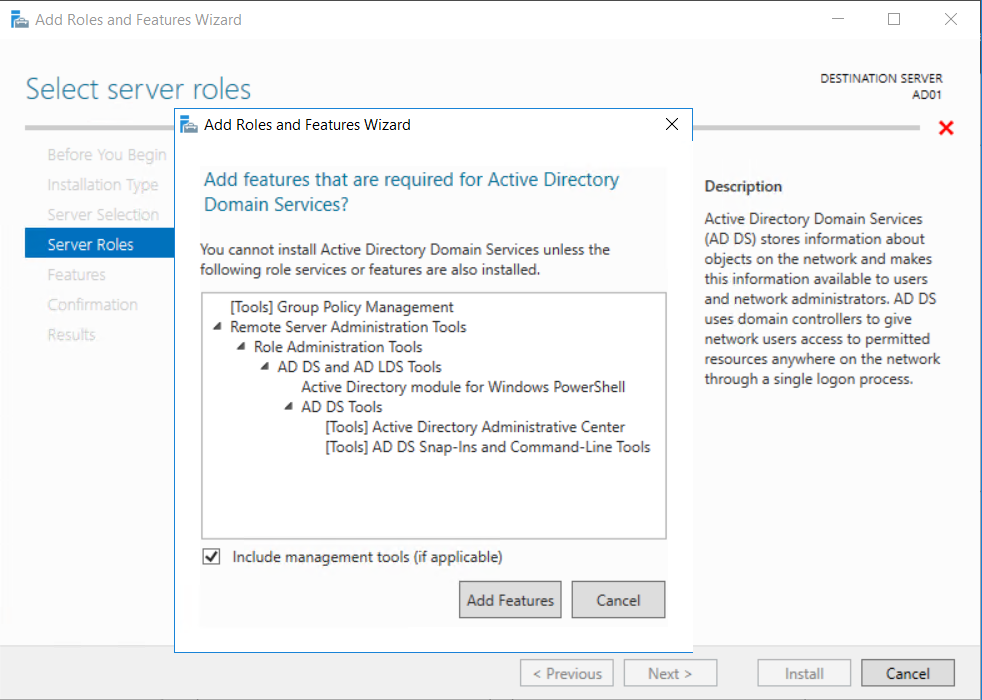
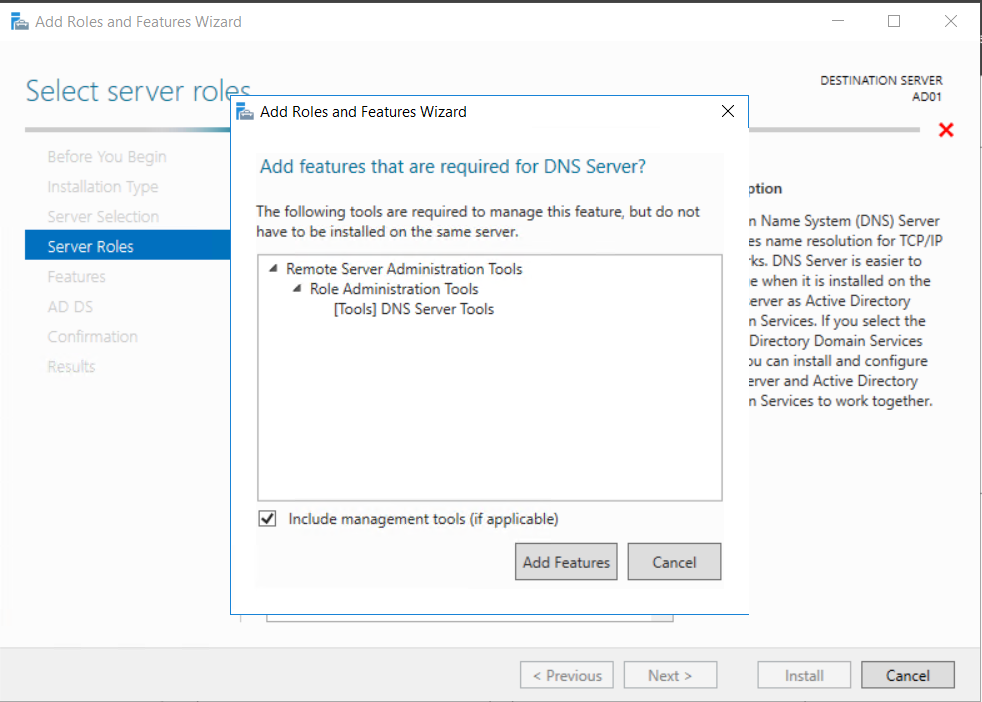
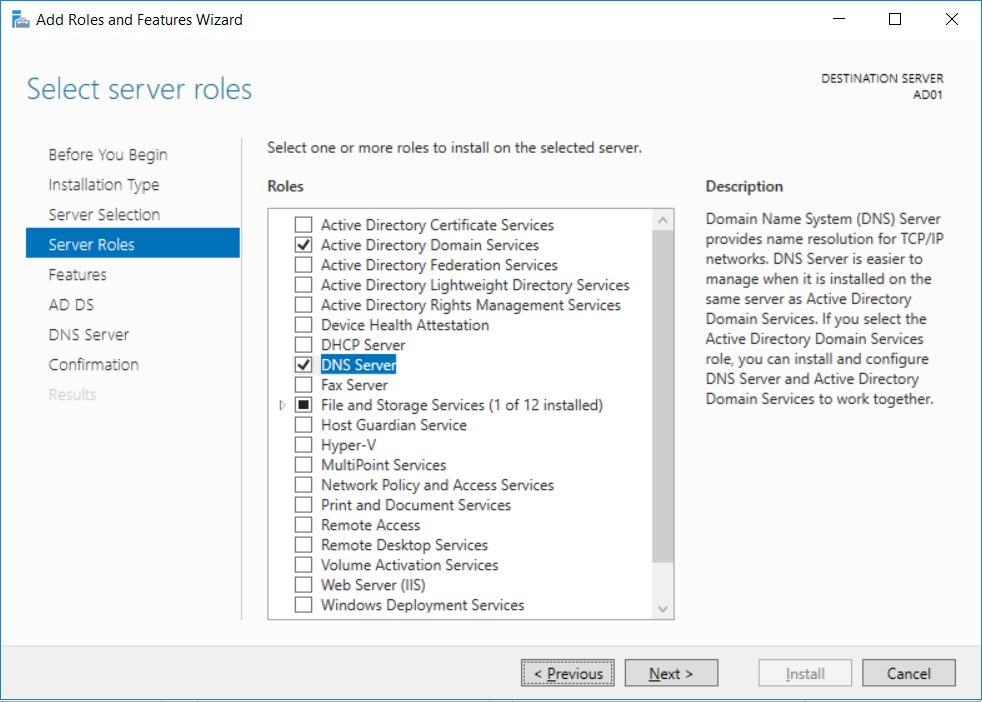
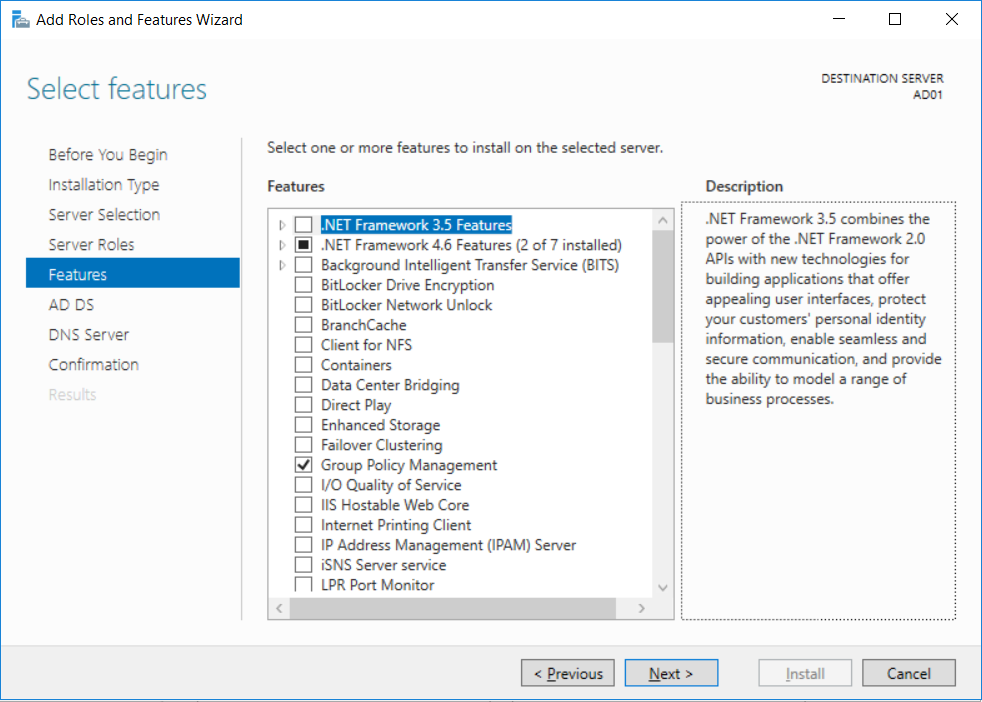
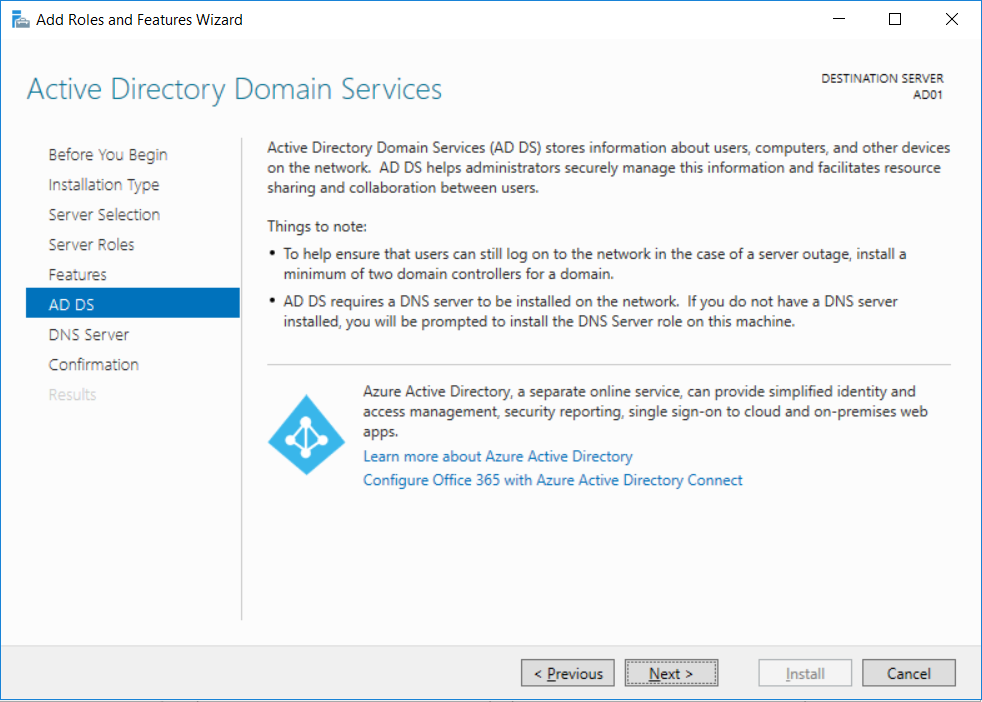
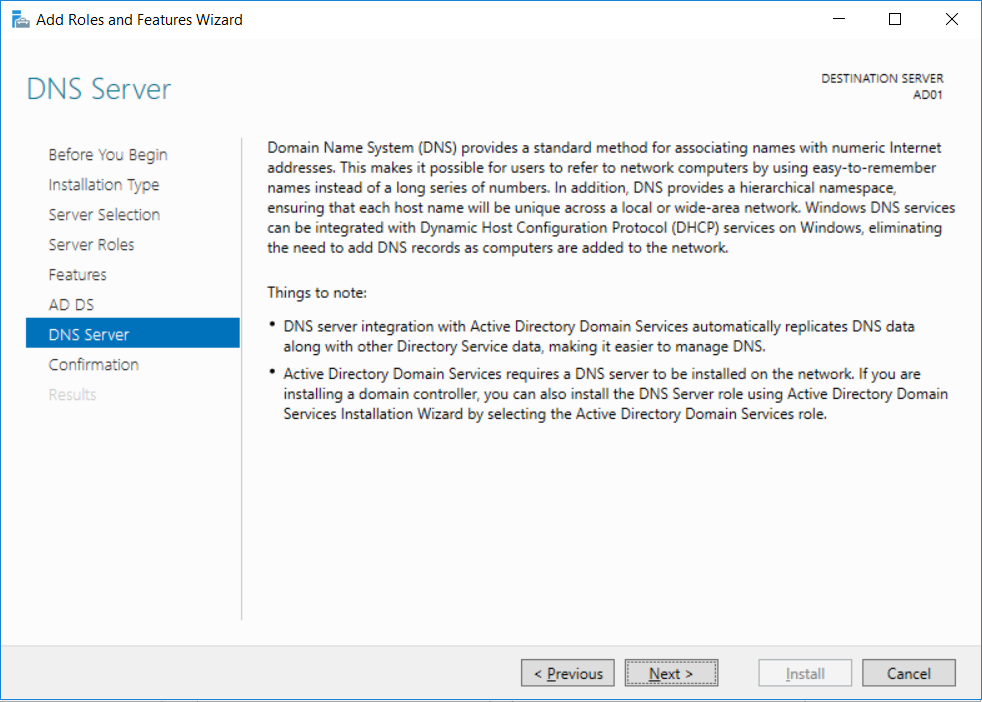
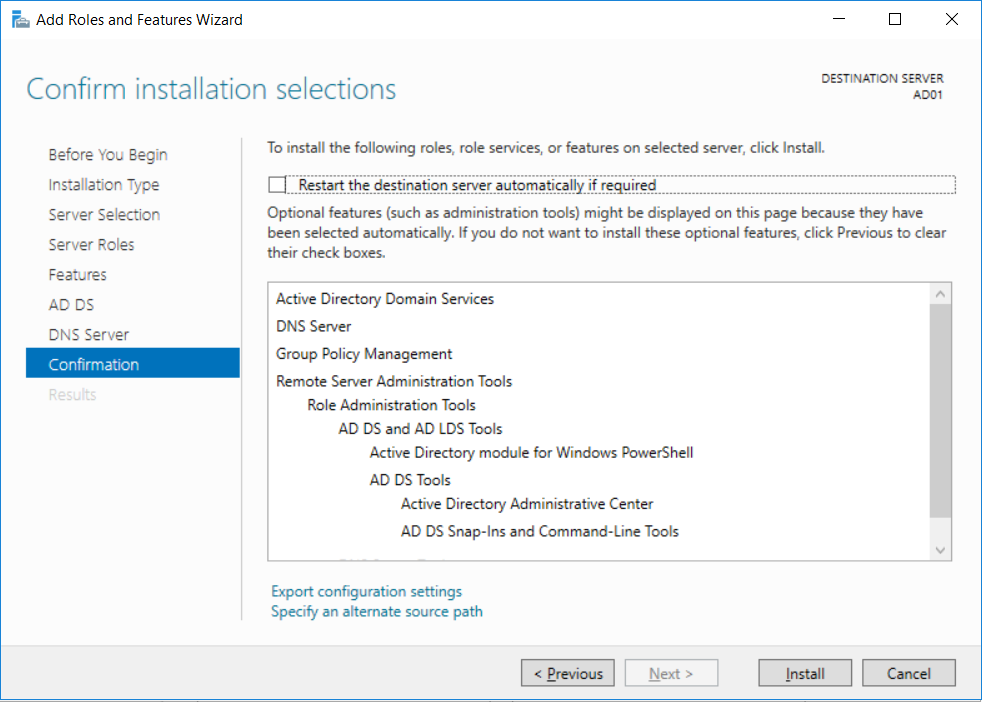
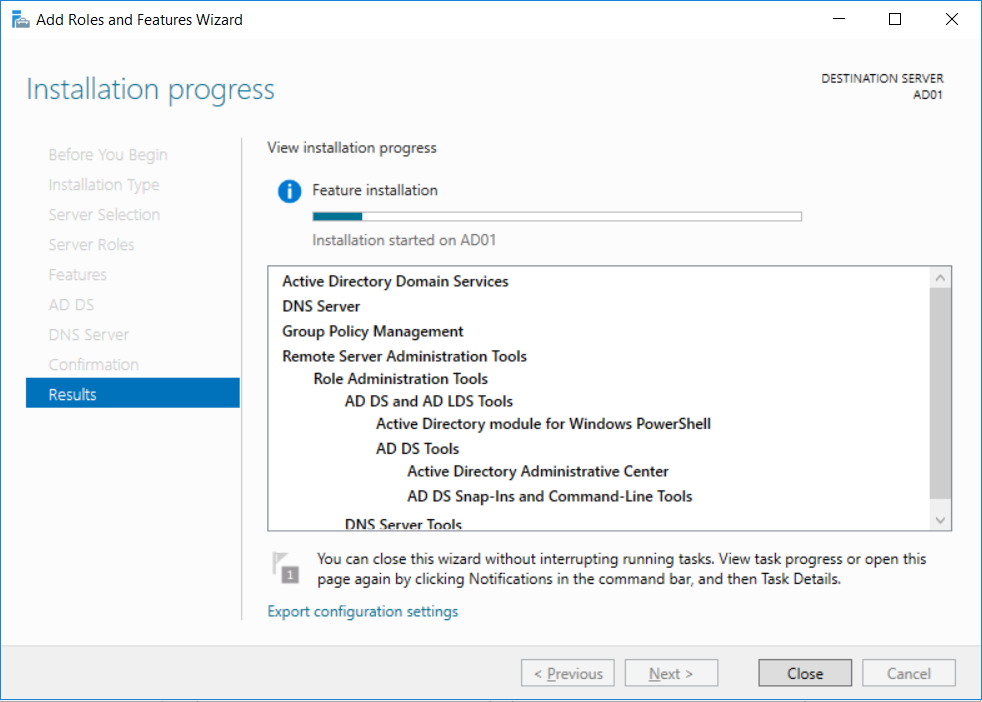
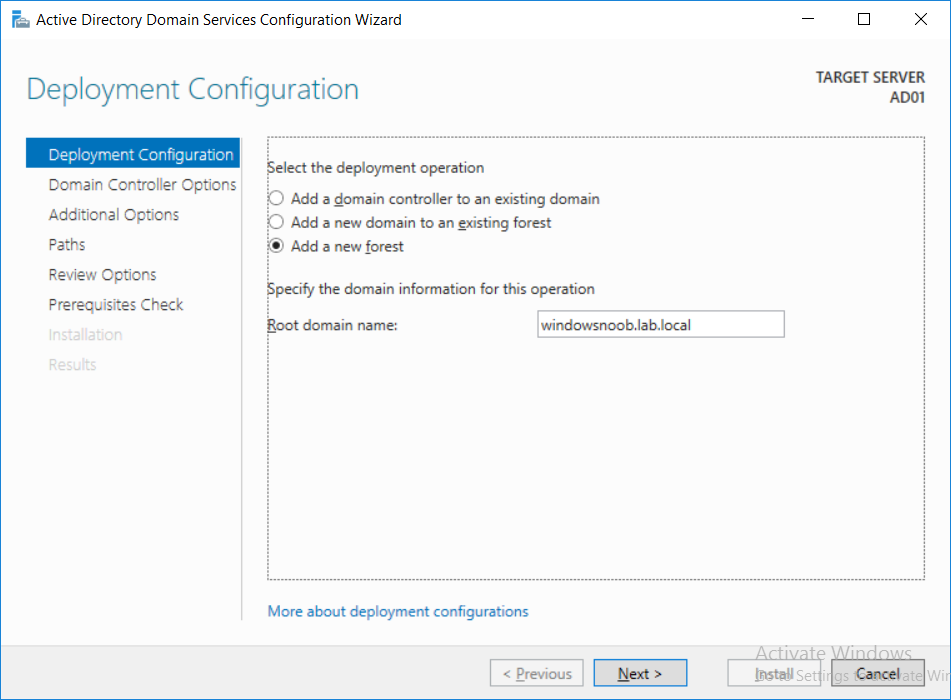
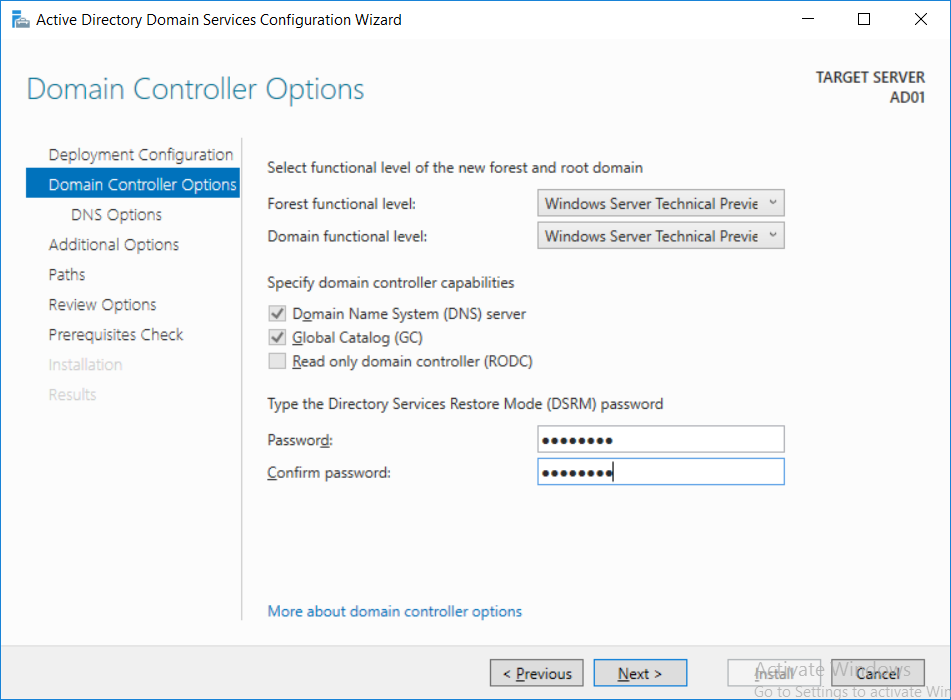
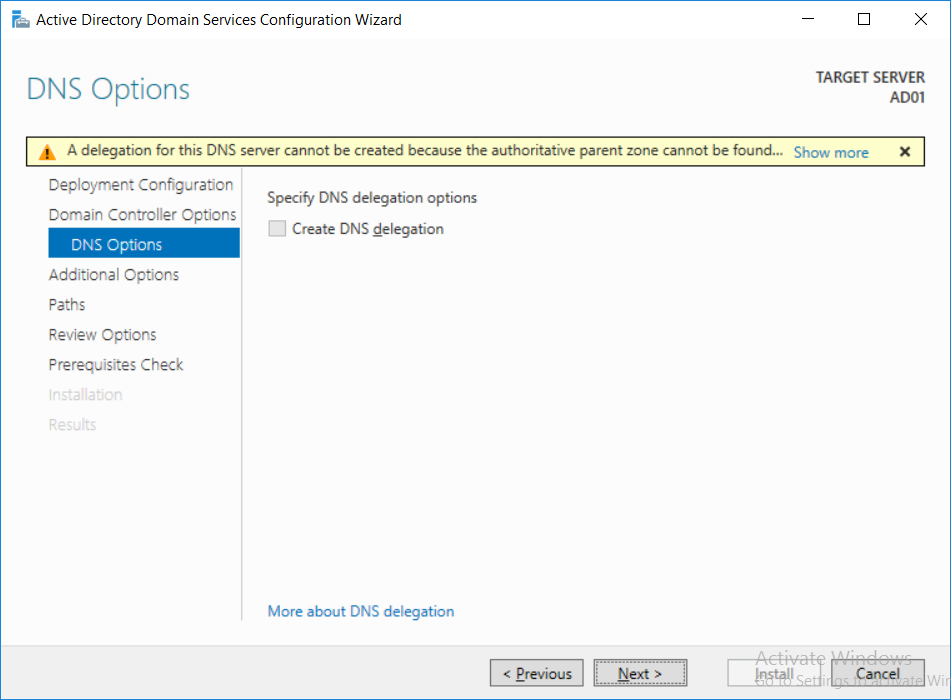
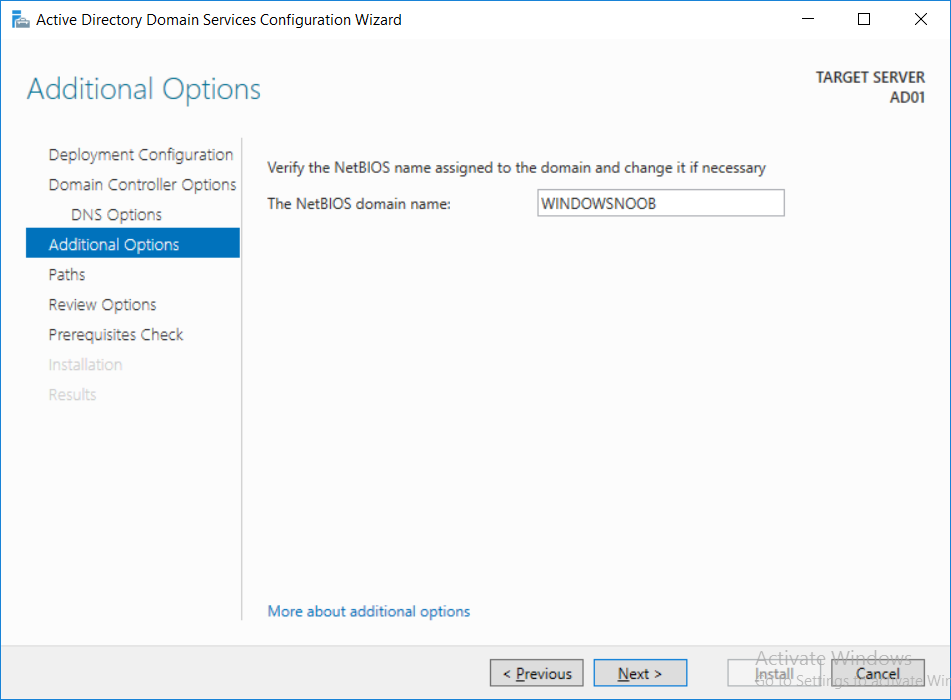
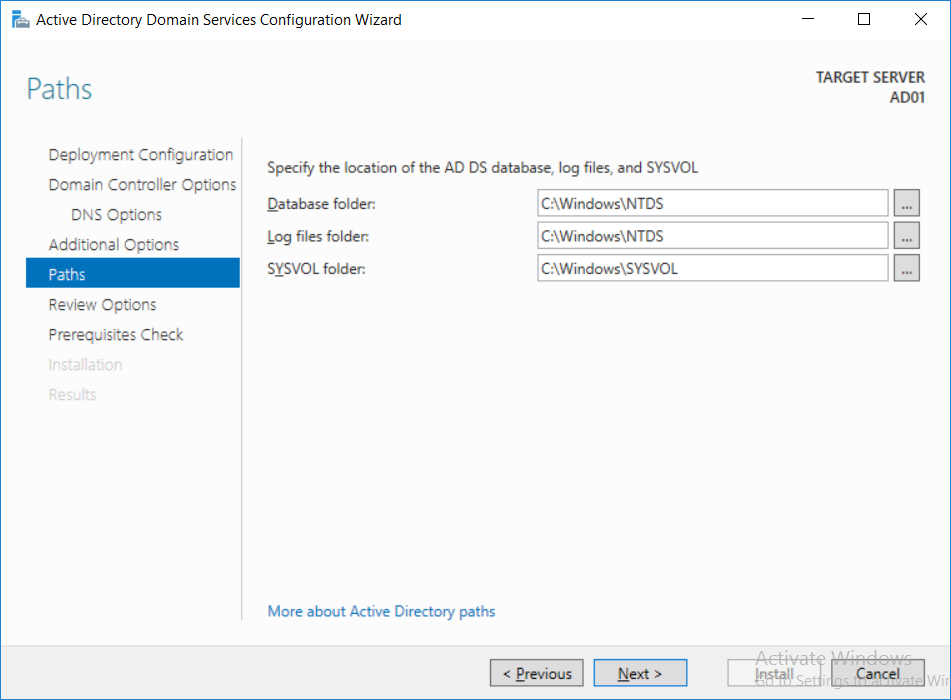
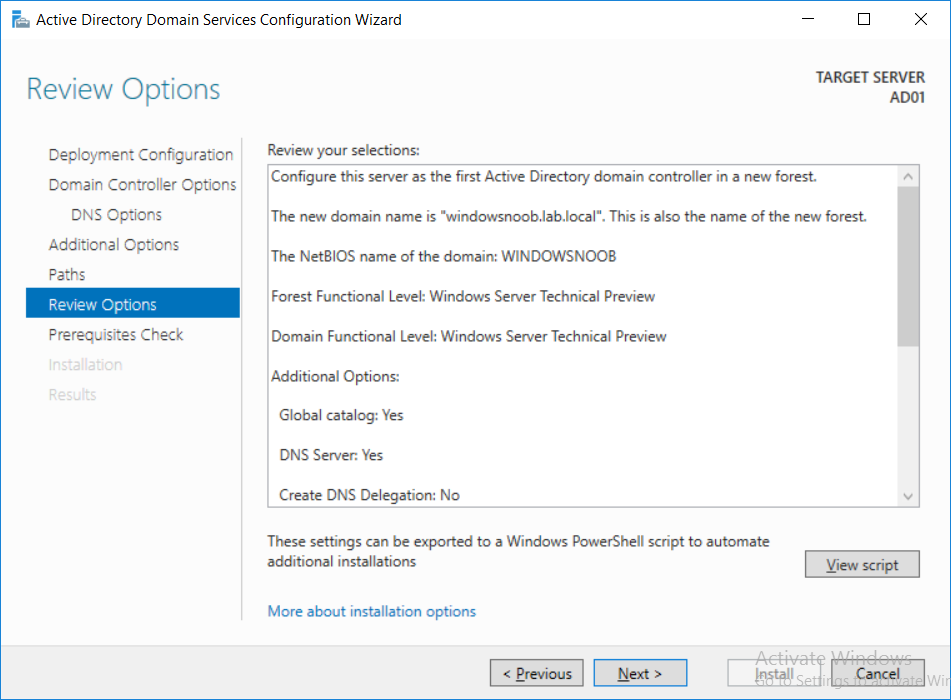
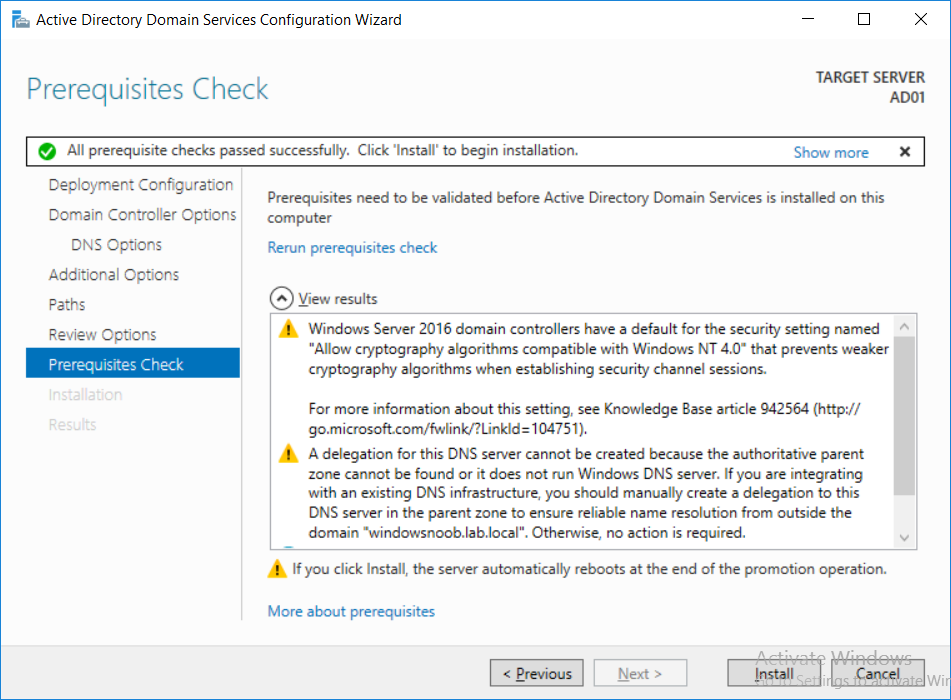

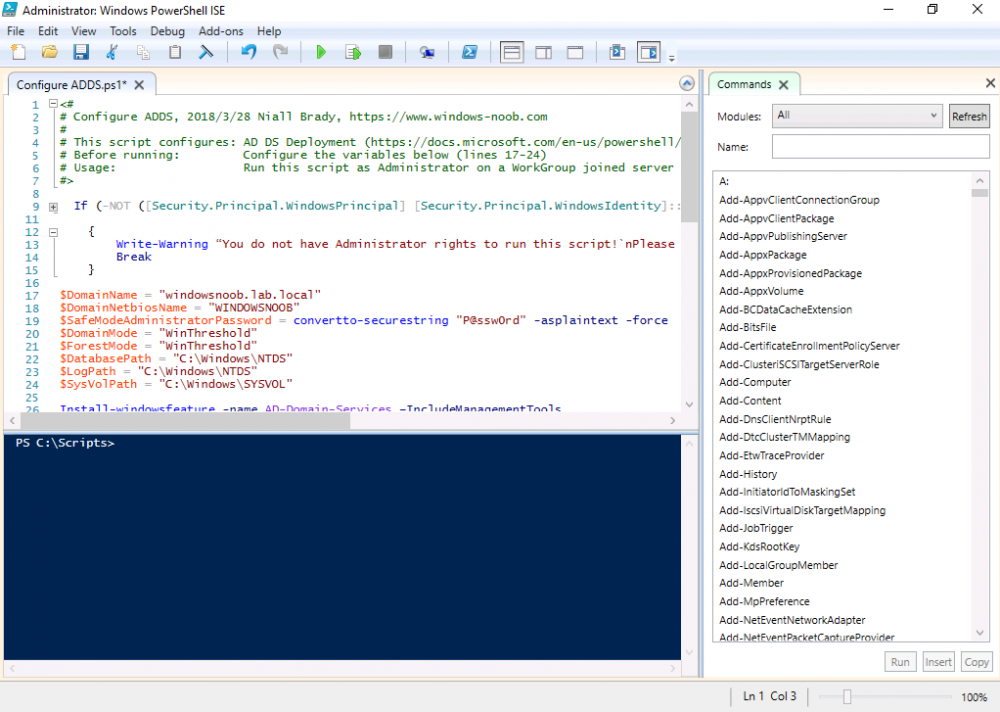

Dear Brady,
Both SCOM and SCCM Scripts.zip can not be downloaded. Can you refresh your download method. It seems awesome scripts that can easily adapted to orchestrator. If you share via download or github, i will be so glad.
to download any scripts from windows-noob.com you must be a member. Thanks.